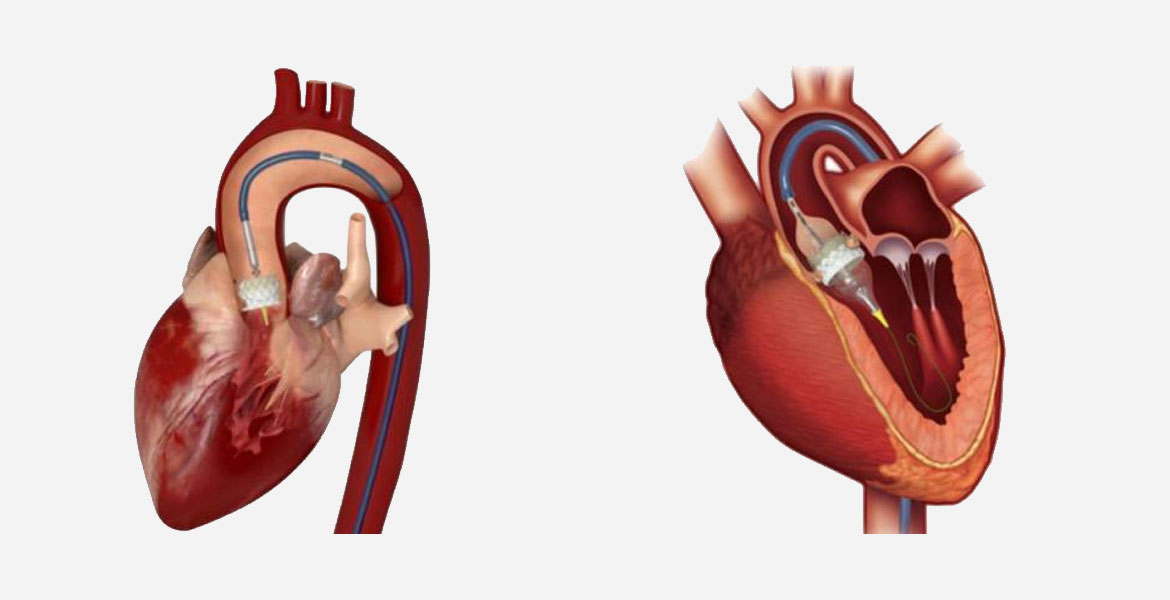
Intravascular ultrasound is a catheter-based diagnosing methodology used to view the coronary arteries from the inside out. IVUS can offer more comprehensive real details to help physicians evaluate how best to treat patients. Technology can help to provide more accurate information on stent placement in the coronary artery to reduce difficulties. It can also be used to determine whether angioplasty or atherectomy has been effective. The ultrasound is connected to the end of the catheter and placed into the artery in the groyne and threaded to the heart. Once in place, the echocardiography evaluates the sound waves that reflect the blood vessels and converts the waves to images. In general, IVUS is performed during another procedure. It's distinct from angiography in that angiography might not look inside the arteries.
IVUS
Intravascular ultrasound (IVUS) is a medical imaging methodology using a specially designed catheter with a miniaturized ultrasound probe attached to the distal end of the catheter. The proximal end of the catheter is attached to computerized ultrasound equipment. It allows the application of ultrasound technology, such as piezoelectric transducer or CMUT, to see from inside blood vessels out through the surrounding blood column, visualizing the endothelium (inner wall) of blood vessels in living individuals.
OCT
Optical coherence tomography (OCT) is a non-invasive imaging test. OCT uses light waves to take cross-section pictures of your retina.
With OCT, your ophthalmologist can see each of the retina’s distinctive layers. This allows your ophthalmologist to map and measure their thickness. These measurements help with diagnosis. They also provide treatment guidance for glaucoma and diseases of the retina. These retinal diseases include age-related macular degeneration (AMD) and diabetic eye disease.
FFR
Fractional Flow Reserve, or FFR, is a guide wire-based procedure that can accurately measure blood pressure and flow through a specific part of the coronary artery. FFR is done through a standard diagnostic catheter at the time of a coronary angiogram. The measurement of Fractional Flow Reserve has been shown useful in assessing whether or not to perform angioplasty or stenting on "intermediate" blockages.
The point of opening up narrowings or blockages in the coronary arteries is to increase blood flow to the heart. But a number of studies have shown that if a "functional measurement", such as Fractional Flow Reserve, shows that the flow is not significantly obstructed, the blockage or lesion does not need to be revascularized (angioplasty) and the patient can be treated safely with medical therapy.


.jpg)

